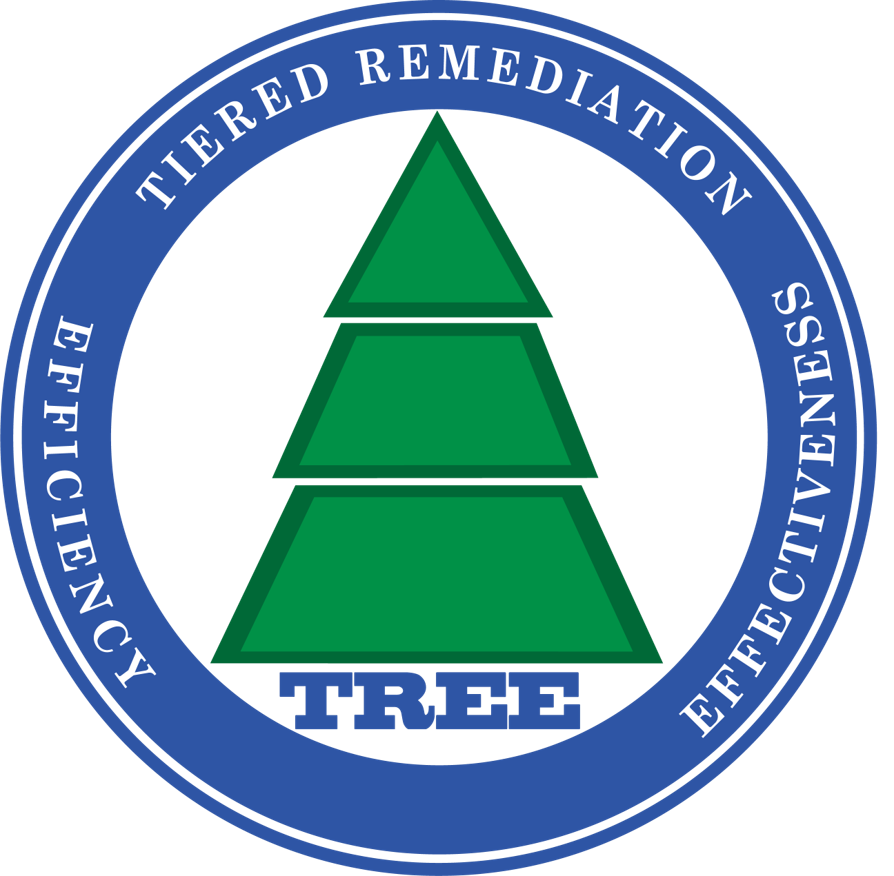“Systematic site review by a team of independent technical experts, at any phase of a cleanup process, to identify opportunities to improve remedy protectiveness, effectiveness and cost efficiency, and to facilitate progress toward site completion” – EPA’s working definition of optimization

To identify for our clients, and to consult with them about, their optimization needs for mature or recalcitrant remediation sites and the reduction of site management life cycle costs, we have developed a unique logical framework for analyzing the sites of each client that we call TREE. TREE incorporates industry-standard statistical and numerical multi-media transport models with environmental visualization techniques relying on risk management principals, consensus building among stakeholders and a wealth of EA previous experience/lessons learned to assess three tiers of optimization that can be implemented in either a phased or tandem approach and applies each of these variables to the individual needs of each client.
- Tier 1 optimizations are designed to eliminate or significantly reduce environmental liability by achieving site closure/regulatory case closure. Ideally, actions implemented under this tier will restore the site to unrestricted use as soon as possible through aggressive remedial actions or, alternately, eliminate or permanently immobilize source and reduce contamination footprint to attain remedial goals over the entire site in an accelerated timeframe.
- Tier 2 optimizations are designed to reduce long-term or maintain current environmental liability and reduce capital and recurring O&M cost. These actions typically involve the replacement, retrofit, or implementation of new remedial technology that increases remedy efficiency/ effectiveness, lowers remedy cost and O&M cost. In many cases, alternative remedial components that require less energy generate less residual waste streams can be considered. Where feasible, passive, green, and in situ remediation methods may be viable components.
- Tier 3 optimizations are designed to reduce O&M costs while maintaining protectiveness at mature and highly complex or recalcitrant sites where Tier 1 and Tier 2 options have been implemented to the extent practical. Lower long-term O&M or de minimis life cycle costs can be achieved when done correctly through reduced sampling and monitoring that can yield measurable results and long-term cost savings.
EA developed TREE to provide an individualized framework within which EA can work with each client to identify and advise each client about the optimization needs of their mature or recalcitrant sites and how to reduce the life cycle costs of site management.
